Dupa plasarea solicitării de comandă, in sectiunea Istoric puteti vedea cate solicitări de comandă mai avem de procesat inaintea dumneavoastra
Program de lucru: Luni - Vineri 9:00 - 18:00, pauza 13:00 - 14:00.
Se efectueaza lucrari de mentenanta la site si pot aparea erori. In cazul in care intampinati erori va rugam sa reincercati mai tarziu.
Ridicarea personala este disponibila pentru comenzile achitate in avans. Se pot ridica dupa ce sunt pregatite.
Niciun produs
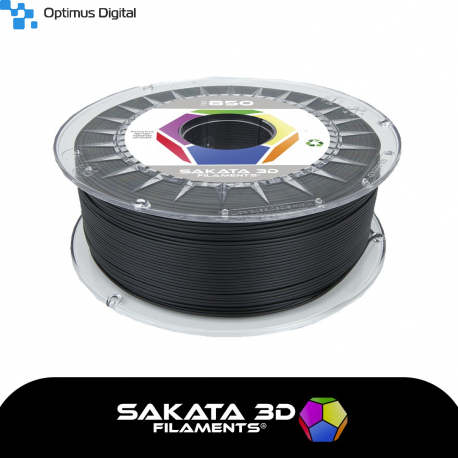 Mărește
Mărește
Filament Sakata 3D PLA Ingeo 3D850 - Negru 1.75 mm 1 kg
0104110000070555
Produs nou
Filametul SAKATA 3D PLA 850 este potrivit pentru toate imprimantele 3D FDM/FFF. Acest filament are o rată de cristalizare rapidă și este capabil să dezvolte o rezistență la caldură îmbunătățită pentru obiectele 3D.
• Rezoluție înaltă, filament premium.
• Ușor de modelat, imprimat și gravat.
• Rigiditate mare și rată de contracție redusă.
Acest produs nu mai este in stoc
- Elimina acest produs din lista mea de favorite.
- Adauga acest produs la lista mea de favorite.
- Imprimă
Informații
Filamentul SAKATA 3D PLA 850 este potrivit pentru toate imprimantele 3D FDM / FFF. Acest filament prezintă viteze de cristalizare rapide și este capabil să dezvolte o rezistență îmbunătățită la căldură pentru obiectele imprimate 3D. Filamentul SAKATA 3D PLA 850 are caracteristici excelente de imprimare 3D, precum detalii precise, aderență bună pe plăcile de imprimare, deformare redusă și miros redus. Fabricat în Spania de POLIMERSIA GLOBAL S.L
De la rezistența la impact la o amprentă scăzută asupra naturii, gama Ingeo PLA oferă un portofoliu inegalabil de avantaje pentru filamentul de imprimare 3D. Formulele de polimeri 3D850 și 3D870 au fost create special pentru fabricarea monofilamentului pentru imprimante 3D. Această gamă de materiale expune procesabilitate și imprimabilitate excelente, precum și o rezistență îmbunătățită la impact pentru piesele imprimate.
Monofilamentele realizate din PLA Ingeo au caracteristici de imprimare 3D notabile, precum detalii precise, aderență bună pe plăcile de imprimare (nu este necesară încălzirea), mai puțină deformare sau încrețire și miros scăzut (fără miros puternic sau unsuros în timpul imprimării). Aceste proprietăți fac această gamă de filamente să fie potrivită pentru imprimarea 3D folosind multe tipuri diferite de imprimante și pentru o gamă largă de aplicații de imprimare 3D.
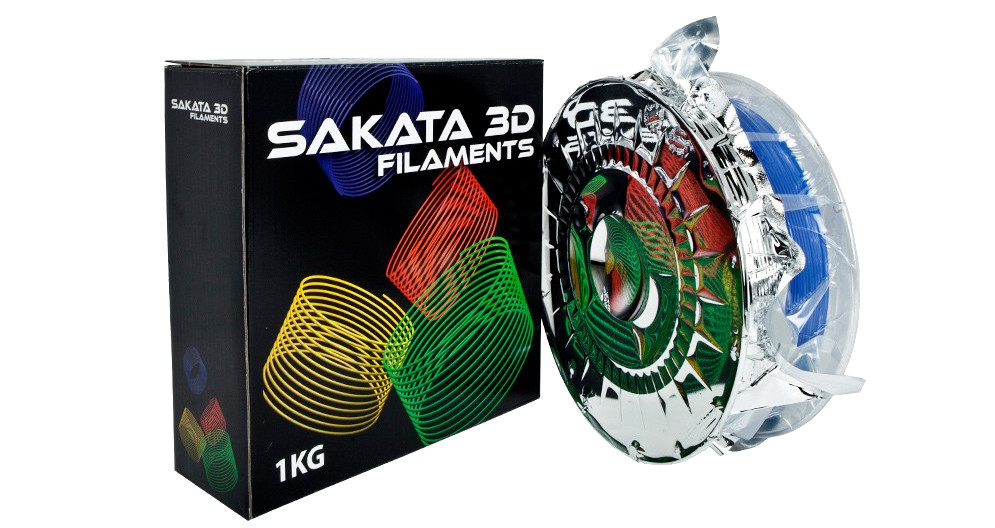
Popularitatea PLA provine din faptul că este ușor de imprimat, nu provoacă mirosuri neplăcute și este ecologic. Cu toate acestea, filamentele PLA generice prezintă câteva neajunsuri: în termeni largi, filamentele PLA pe care le găsim cel mai frecvent pe piața de astăzi prezintă temperaturi de distorsiune scăzute, coeficienți mari de frecare și un indice scăzut al fluidității la topire.
Aceste atribute se traduc în obiecte 3D mai rigide și mai delicate, care sunt mai dificil de extrudat și mai ușor de fracturat. Pentru a depăși unele dintre problemele PLA și cu obiectivul de a îmbunătăți rezultatele imprimării 3D, NatureWorks, susținut de ani de experiență în industria polimerilor, a creat polimerul PLA Ingeo 3D850.
PLA 850. În primul rând, indicele fluidității la topire este mai mare decât la filamentul ABS. Un indice de fluiditate la topire ridicat înseamnă adesea un coeficient de frecare mai mic. Acest indice de fluiditate la topire ridicat prezintă astfel un avantaj, deoarece motoarele folosite pentru extrudare trebuie să facă mai puțin efort pentru a extruda aceeași lungime a filamentului (a imprima mai repede). De asemenea, un indice de debit de topire mai mare duce la o temperatură de funcționare a extruderului mai scăzută și la o uzură mai mică a pieselor. Un alt avantaj este scăderea probabilității de alunecare a angrenajului extruderului sau de exfoliere a filamentului când se produce contrapresiune la capul de imprimare 3D.
Atunci când privim o gamă mai largă de filamente de imprimantă 3D, este tipic să vedem materialele cu rezistență mare la impact dar care au rezistențe la tracțiune scăzută (sau invers). Graficul este prezentat mai jos (my3dmatter) ilustrează modul cum se compară diferitele filamente atunci când analizăm rezistența la tracțiune și rezistența la impact. Putem observa că există un compromis între rezistența la tracțiune și rezistența la impact și este rar să vedem filamente care prezintă proprietăți proprietăți bune pentru ambele caracteristici în același timp.
În continuare, să aruncăm o privire mai atentă asupra modulului de elasticitate la încovoiere al filamentului 850 (adică tendința materialelor de a se îndoi sub stres).
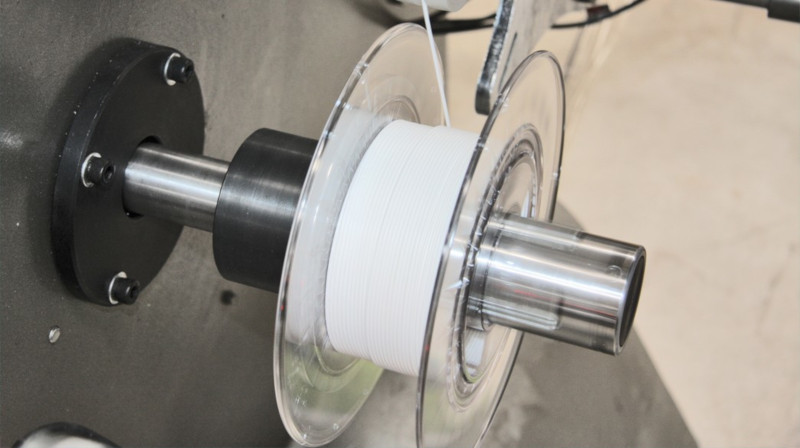
Deci, ce înseamnă un modul de elasticitate la încovoiere ridicat pentru imprimarea 3D?
Imprimarea structurilor lungi și subțiri va avea o mai mică deviere sau îndoire sub presiune, eliminând astfel nevoia de suporturi.
Una dintre cele mai mari probleme ale PLA este temperatura de deformare la căldură scăzută cunoscută și sub denumirea de HDT. HDT este temperatura la care un polimer sau plastic se va deforma sub presiune. Istoric, la imprimarea pieselor care necesită o rezistență ridicată la temperatură, ABS a fost cel mai bun material. În prezent, HDT-ul materialului 850 este de 144 °C, ceea ce înseamnă că va suferi o deformare minusculă (dacă există) sub această temperatură. În comparație cu ABS tipic și PLA cu valori HDT de 85 °C și respectiv 50 °C, rezistența la căldură este mult îmbunătățită.
Din perspectiva utilizării, filamentele realizate cu rășină 3D850 prezintă și alte îmbunătățiri, precum lipirea excelentă pe suprafețele de imprimare, un aspect care îmbunătățește semnificativ calitatea primului strat și minimizează riscul de deformare. În continuare, contracția pieselor în timpul imprimării și după imprimare este de asemenea inexistentă și practic nu emană miros în timpul extrudării.
În concluzie, 850 arată că un compromis între rezistența la tracțiune și impact poate fi evitat, permițând obținerea de obiecte imprimate din PLA foarte rezistente. Seria PLA Super Premium este proiectată pentru a oferi obiecte rezistente termic, analog cu ABS, dar fără dezavantajele lui.
Imprimarea 3D Printing cu Monofilament – Clasa de Căldură Înaltă
Aplicațiile Monofilamentului
IngeoTM 3D850 este un material dezvoltat pentru fabricarea monofilamentului pentru imprimare 3D. Acest material prezintă rate de cristalizare rapide și este capabil să dezvolte rezistența la căldură îmbunătățită pentru obiectele imprimate 3D. Acest polimer demonstrează cele mai bune performanțe în sistemele concepute pentru a îmbunătăți duritatea sau rezistența la căldură.
Monofilamentele realizate din polimer Ingeo 3D850 prezintă caracteristici excelente de imprimare 3D, precum detalii precise, aderență bună la plăcile de imprimare, mai puțină deformare sau încrețire și miros redus.
| Proprietăți Fizice | Valoare | Unitate | Metoda ASTM |
|---|---|---|---|
| Gravitație Specifică | 1.24 | g/cc | D792 |
| MFR | 7-9 | g/10 min2 | D1238 |
| Vâscozitate Relativă3 | 4.0 | D5225 | |
| Temperatura de Topire de Vârf | 165-180 | °C | D3418 |
| Temperatura de Tranziție Vitroasă | 55-60 | °C | D3418 |
1 Proprietăți tipice pentru bare formate prin injecție; nu se consideră ca fiind specificații
2 210° C/2.16 kg
3 Valoarea relativă măsurată la 1.0 g/dL în cloroform la 30°C
4 obiecte 3D imprimate / umplere 100% , călite la 110oC/15 min
| Proprietăți Mecanice (cristaline) | Valoare | Unitate | Metoda ASTM |
|---|---|---|---|
| Rezistența la Tracțiune cu Limita de Curgere | 7,440 (51) | psi (MPa) | D638 |
| Elongația la Tracțiune | 3.31 | % | D638 |
| Rezistența la Impact Izod | 2.21 (118) | ft-lb/in (J/m) | D256 |
| Rezistența la Tracțiune | 7,290 (50) | psi (MPa) | D638 |
| Modul de Elasticitate la Tracțiune | 335,790 (2315) | psi (MPa) | D638 |
| Temperatura de Deformare la Căldură 66 psi (0.45 MPa) | 80-90 | °C | E2092 |
| Clarity | Opaque (în formă cristalină) | ||
| Profilul de Temperatură pentru Prelucrare | ||
|---|---|---|
| Temperatura de Topire | 410°F | 210°C |
| Temperatura de Imprimare 3D | 190-230°C | |
| Temperatura de Călire | 80-130°C | |
| Temperatura Patului de Imprimare | Nu este necesar. (sau 50-70°C daca se dorește utilizarea unui pat încălzit pentru imprimare) | |
5 Doar puncte de pornire, este posibil sa fie necesara optimizarea depinzând de sistemul vostru.
Adaugă în coș acum!
Recenzii
setari printare
Acest filament este mai pretentios decat PLA generic. Pare mai tare si adera diferit.
Anterior am printat cu succes cu PLA noname, printare HE 210, HB 60, FAN 100%, suprafata PEI neteda Two Trees.
Sakata 3D PLA Ingeo 3D850 adera slab pe suprafata PEI neteda si straturile nu au avut adeziuna buna la printare cu 210 grade.
Am crescut temperatula HE la 230 de grade si FAN la 50%. De data aceasta adeziunea dintre straturi a fost chiar OK dar tot nu adera suficient la PEI. Presupun ca adera foarte bine pe o suprafata tip textured PEI.
- 2 din 2 persoane au considerat aceasta recenzie utila.
Foarte bun
Tiparesc la 210g cu 60 pe pad. Se lipeste foarte bine, nu se curbeaza la colturi. Aspect final aproape lucios. Foarte multumit.
- 1 din 1 persoane au considerat aceasta recenzie utila.
Clienții care au cumpărat acest produs au mai cumpărat:
-
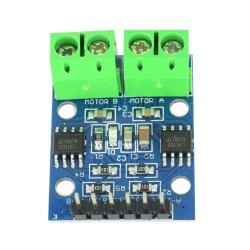
Driver de...
Acest driver dual motor vine într-un factor...
$0.96
-
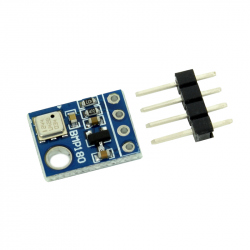
Modul senzor...
Senzor de presiune barometric cu interfață I2C.
$1.68
-
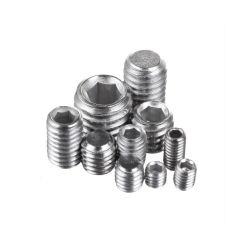
M3x5 mm...
M3x5 mm Șurub de Fixarecu Cap Plat
$0.09
-
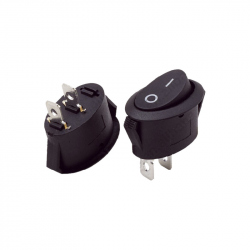
Intrerupator...
Intrerupator Oval On / Off KCD-1
$0.29
-
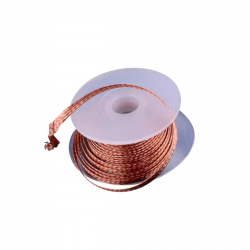
Tresa...
Tresa Absorbanta 3 mm 1.5 m
$1.92
-
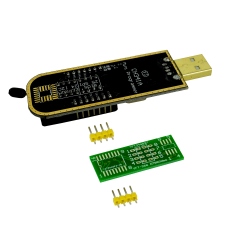
Programator...
Programator de memorie ce folosește circuitul...
$5.52
-
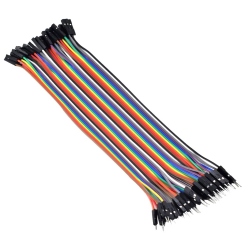
Fire...
Set Fire Mamă-Tată (40p, 30 cm)
$1.15
-
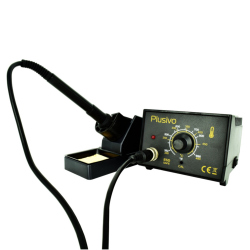
Stație de...
Stația de lipit Plusivo este ideală pentru un...
$35.76
-
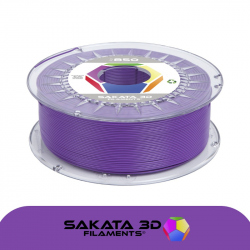
Filament...
Filametul SAKATA 3D PLA 850 este potrivit...
$14.40
-
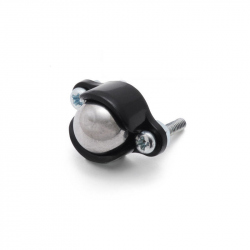
Suport...
Suport Pololu cu Bilă din Metal (diametru de...
$4.08

